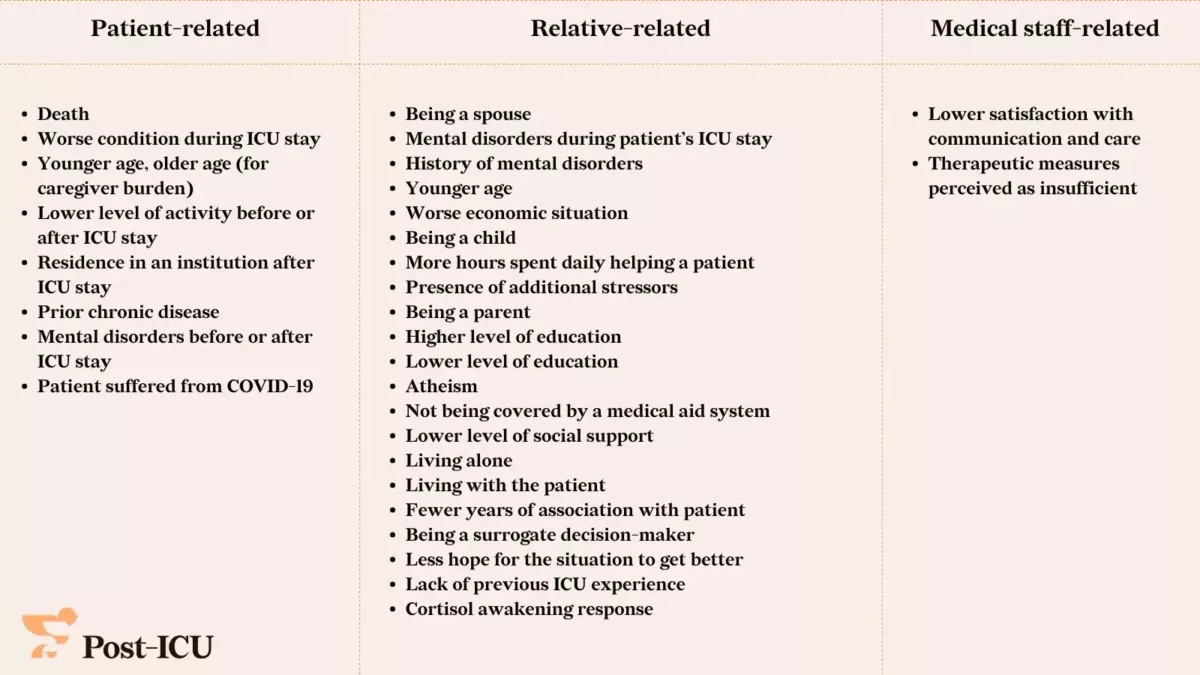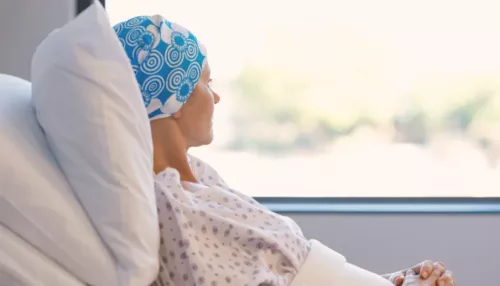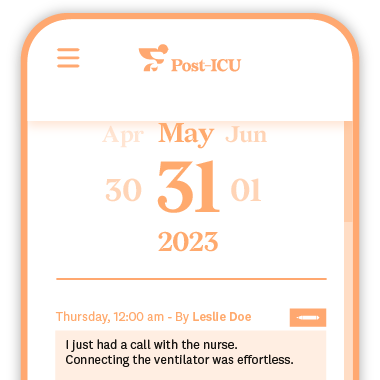Post-Intensive Care Syndrome-Family (PICS-F) represents psychological and physical symptoms as well as socioeconomic burdens experienced by up to 69% of families1Putowski, Z., Rachfalska, N., Majewska, K., Megger, K., & Krzych, Ł. J. (2021). Risk Factors for Post-Intensive Care Syndrome in Family Members (PICS-F) of Adult Patients: A Systematic Review. of intensive care patients. The syndrome appears as a consequence of living through this traumatic situation and has a substantial effect both on the family and the patient. This article discusses key facts about PICS-F as well as ways to help families successfully cope and recover.
Key Symptoms and Manifestations of PICS-F
As for psychological effects, 20-40% of family members experience anxiety, depression and PTSD. Family members may continue to experience significant psychological distress even months after the ICU discharge, with PTSD rates reported at 30-42% at three months and 35-57% at six months post-discharge.
So far, psychological effects were the main ones included in describing PICS-F, however, physical manifestations and socioeconomic consequences have recently started to be considered as well.
When it comes to physical effects, 80%2Khan, B. A., Golovyan, D., Campbell, N., Serrano, P., Khan, S. H., & Wang, S. (2019). AGING, DELIRIUM, AND POST-INTENSIVE CARE SYNDROME: NOVEL TREATMENTS AND FUTURE DIRECTIONS: Session 311. The American Journal of Geriatric Psychiatry, 27(3), S27-S28. of family members usually experience decreased sleep and 50% report poor quality of sleep (measured by the Epworth Sleepiness Scale (ESS)).
Socioeconomic consequences are reflected in the strain on relationships, work-related challenges and the financial burden of ICU stays and caring for an ICU patient during recovery.
Risk Factors for PICS-F
Research3Putowski, Z., Rachfalska, N., Majewska, K., Megger, K., & Krzych, Ł. J. (2021). Risk Factors for Post-Intensive Care Syndrome in Family Members (PICS-F) of Adult Patients: A Systematic Review. has outlined 3 groups of PICS-F risk factors: patient-, relative- and medical staff-related.
Regarding patient-related risk factors, there was a noticeable trend linking a patient’s deteriorating condition, decreased daily activity, mortality, and an increased incidence of PICS-F. For relative-related risk factors, social, economic, and psychiatric elements were crucial: PICS-F was more prevalent in female relatives, spouses, those facing economic hardships, and those with a history of mental illness. Finally, medical-staff risk factors were tied to poor communication between family members and healthcare providers, as well as care that was perceived as inadequate

Access the full table with references here
Strategies to Help Families and Reduce PICS-F Risk
There are several strategies supported by SCCM to help families cope with the trauma in the ICU and prevent PICS-F.
In terms of interventions during the ICU stay, the ICU setup plays an important role. Visitation should be flexible, with facilities for families to sleep comfortably. The staff should be willing to perform tasks in front of the family and involve them in daily meetings. Speaking of engaging the family, the staff should be trained to invite the family to witness procedures as well as educate the family about patient care.
One great way to engage families is through ICU diaries which have been shown to significantly affect posttraumatic stress-related symptoms in relatives and surviving patients 12 months4Garrouste-Orgeas, M., Coquet, I., Périer, A., Timsit, J. F., Pochard, F., Lancrin, F., … & Misset, B. (2012). Impact of an intensive care unit diary on psychological distress in patients and relatives. Critical care medicine, 40(7), 2033-2040. after intensive care unit discharge. The diaries are written by families and ICU staff, and the entries made havea positive effect on everyone involved, including the patient. Creation of this shared narrative engages the families, provides context for medical events and one day helps patients piece together what exactly happened to them, preventing and alleviating PICS symptoms.
Family-provider communication in the ICU is another cornerstone of PICS-F prevention. Communication can be facilitated and improved in various ways, including by the people in charge of communication, ICU diaries, communication frameworks, and more. Through effective communication, families get educated about the patient, their care, PICS and PICS-F, they get written material that explains all points of concern, and they can attend meetings where they can ask questions and provide feedback, all of which contributes to the family feeling involved, informed and more secure.
Finally, follow-up interventions after discharge are equally important to detect any PICS-F symptoms that are developing. Family therapy options can also be beneficial, providing a safe space for family members to express their feelings and navigate the complexities of their experiences together. Therapeutic approaches may include relational family systems interventions that focus on enhancing communication and support within the family unit.
Resources and Support Networks
Resources and support networks play a crucial role in addressing PICS-F. National organizations, such as the Society of Critical Care Medicine, focus on raising awareness and providing resources for families dealing with the psychological impacts of critical illness. These organizations often offer educational materials that cover the symptoms, coping strategies, and available support services, helping families navigate their challenges. Additionally, online communities and forums serve as vital platforms where family members can share experiences, seek advice, and find emotional support from others who understand their struggles. Such networks not only foster a sense of belonging but also provide practical information on managing the complexities of caregiving and recover
Post-ICU Digital Diary - Supporting Families in the ICU
ICU diaries have been shown to have a positive effect on alleviating and preventing both PICS and PICS-F. It’s a simple, short-term intervention in the ICU that can have very positive long-term effects.
ICU diaries can now be found in a digital form as the Post-ICU digital diary. Digital versions can be accessed from anywhere to get updates and make entries, they are secure and privacy-preserving, and their multimedia features make it easy to add text, images and voice notes. Reach out to our team to learn how you can introduce a digital ICU diary in your ICU.





